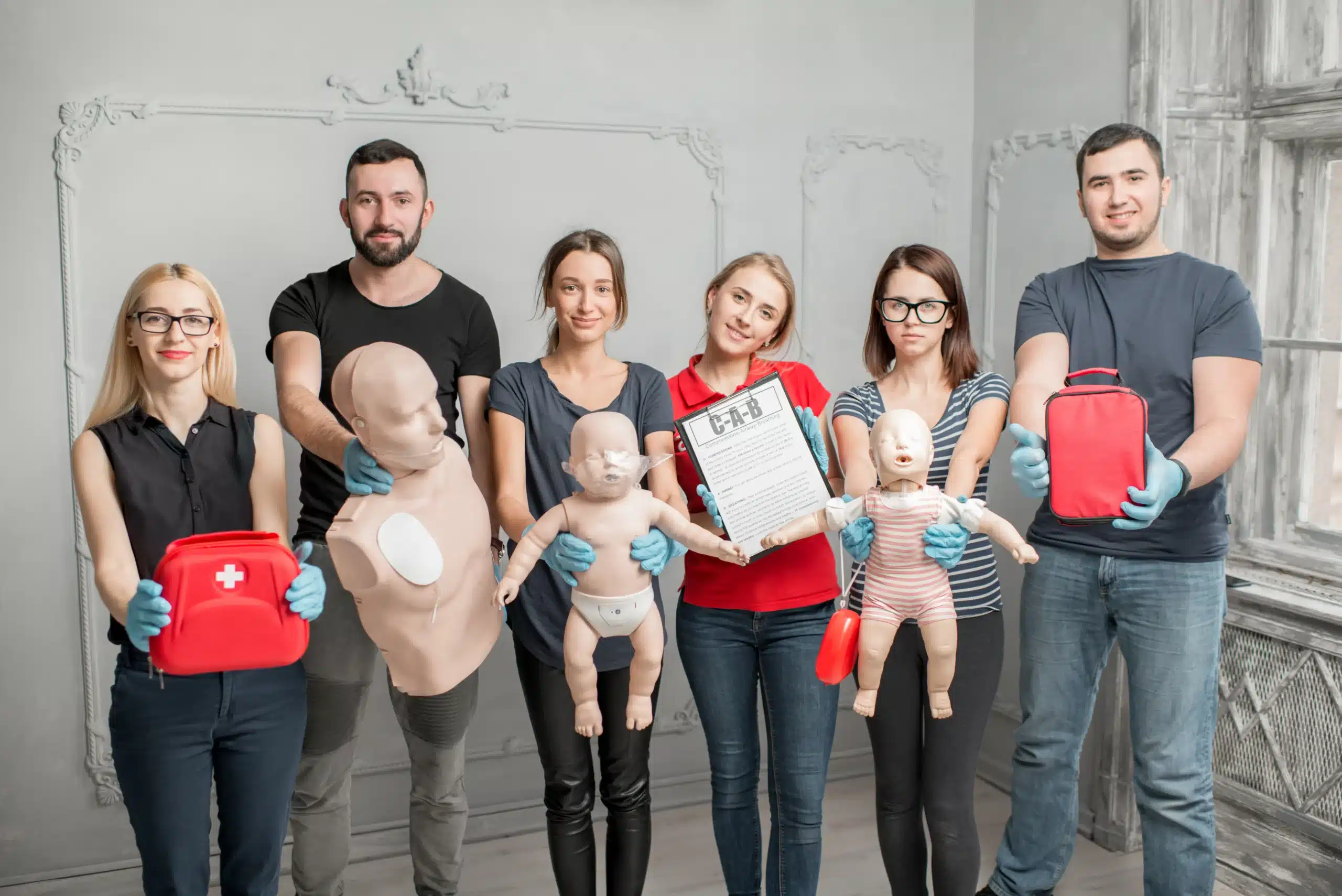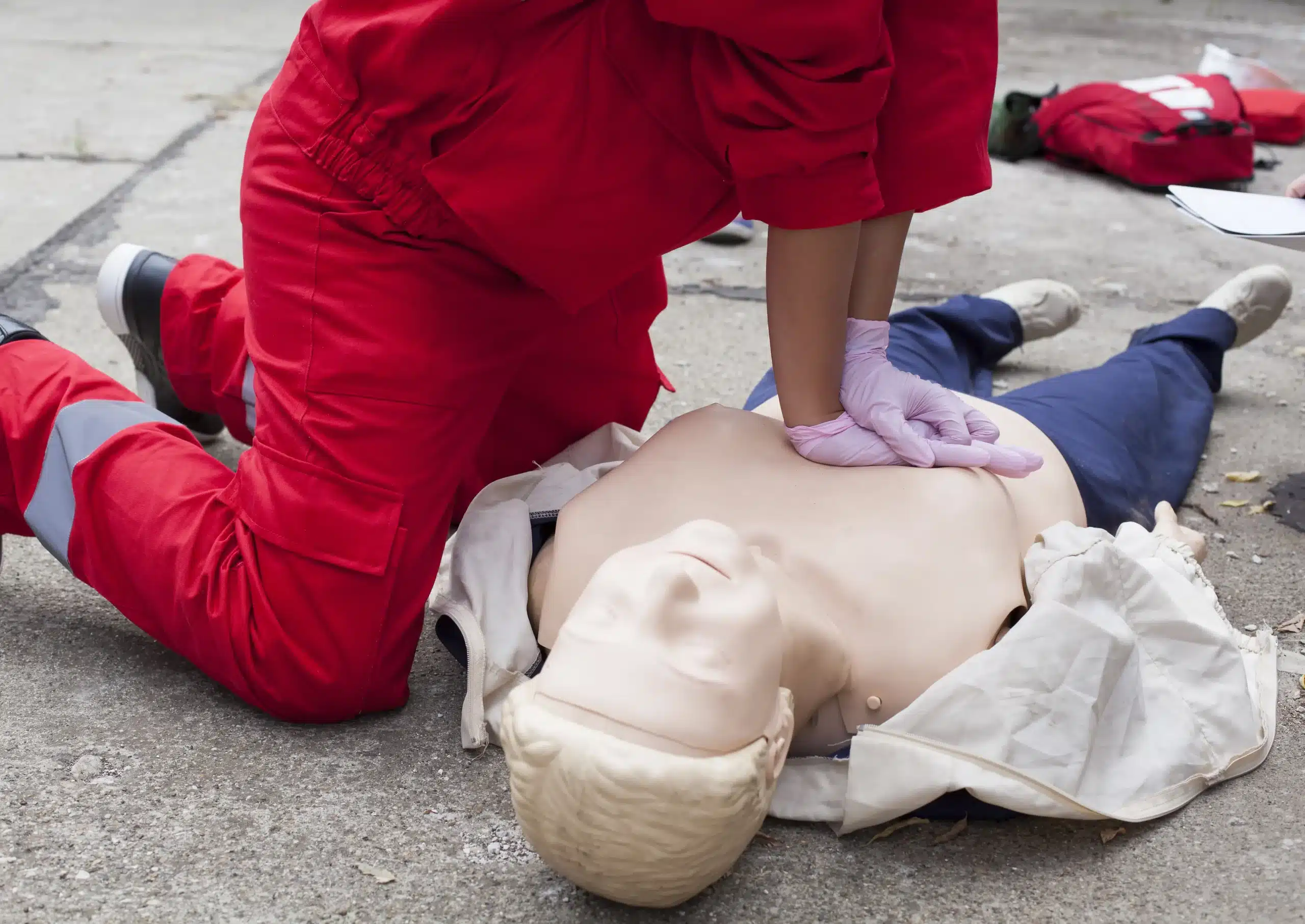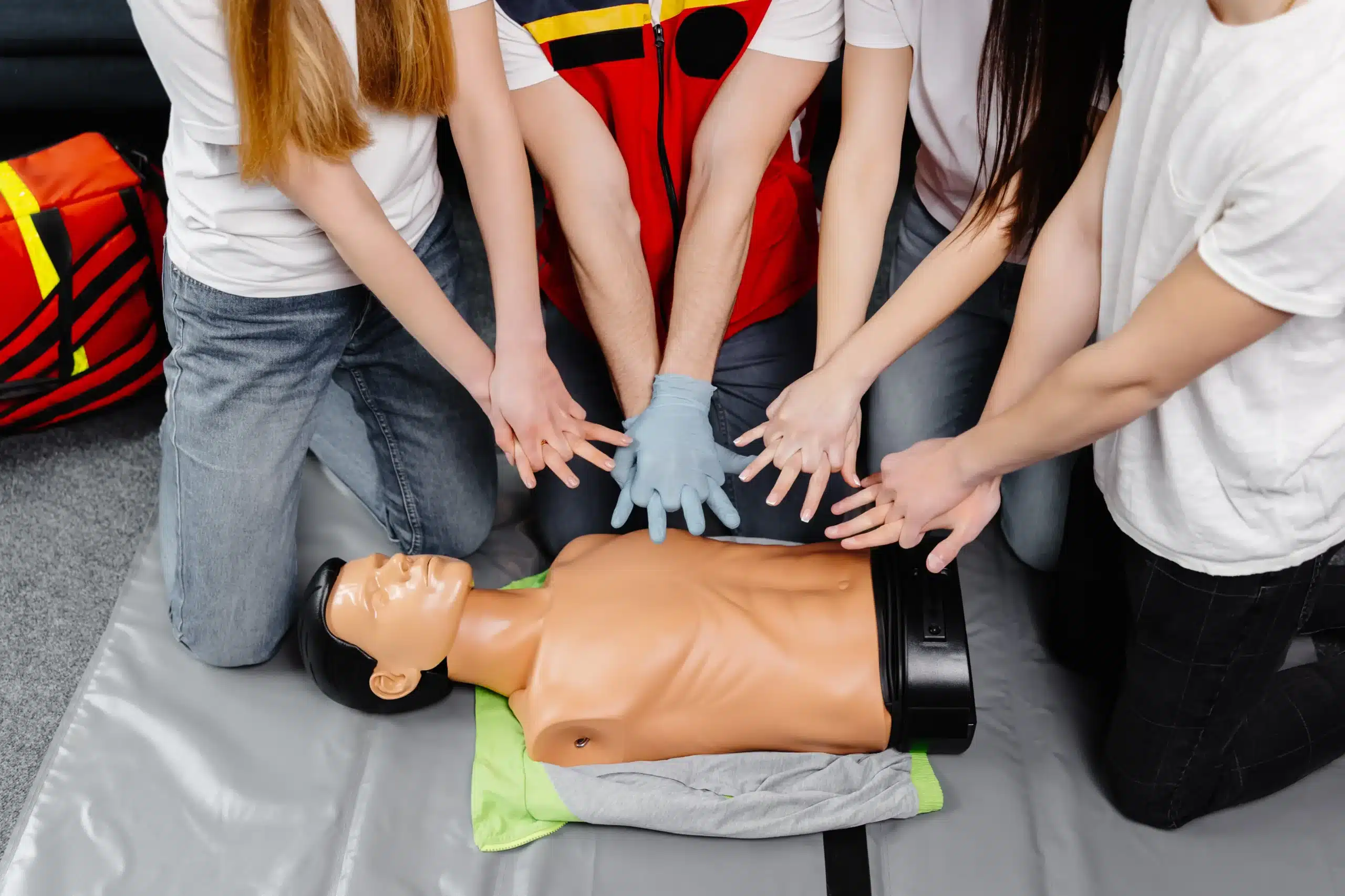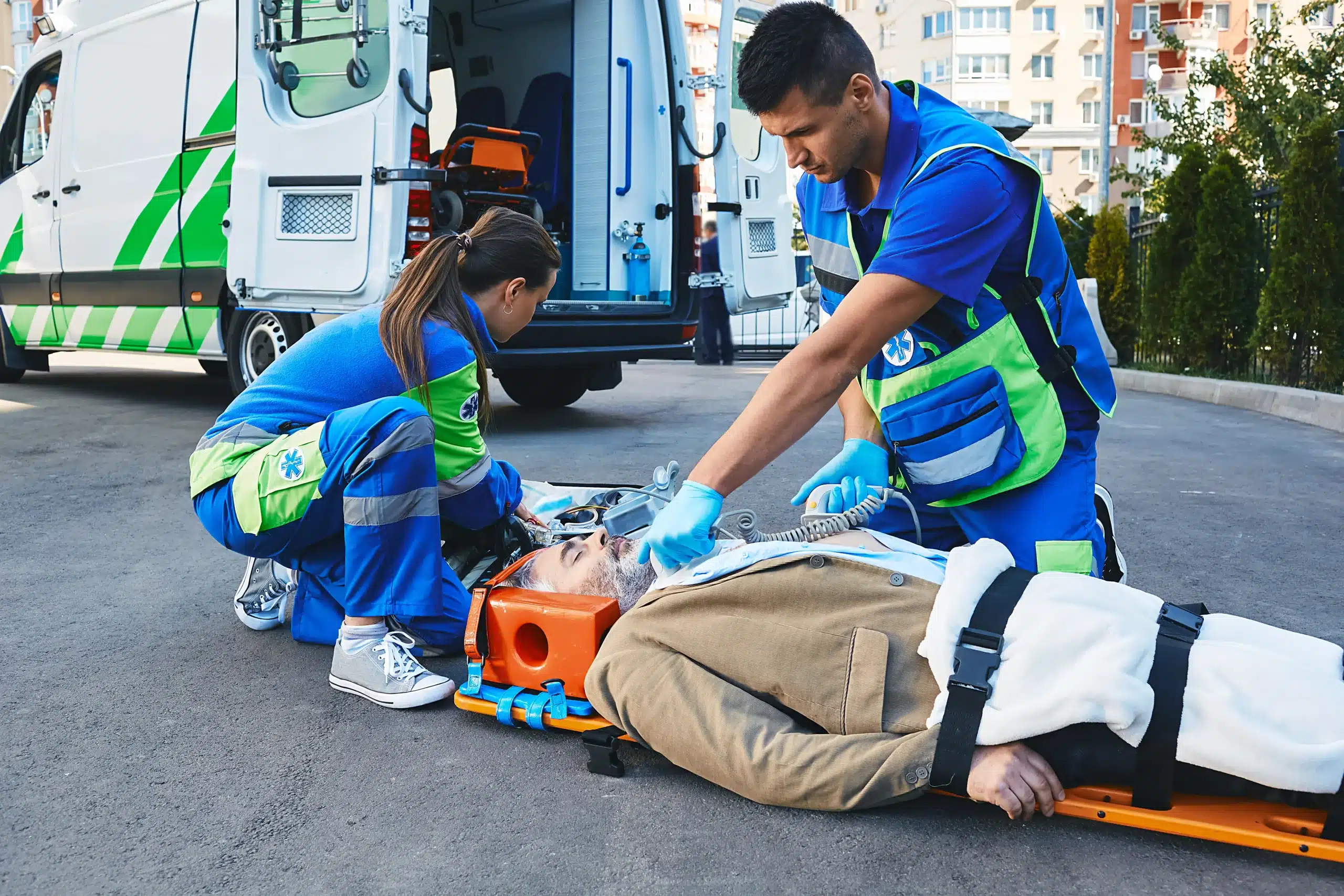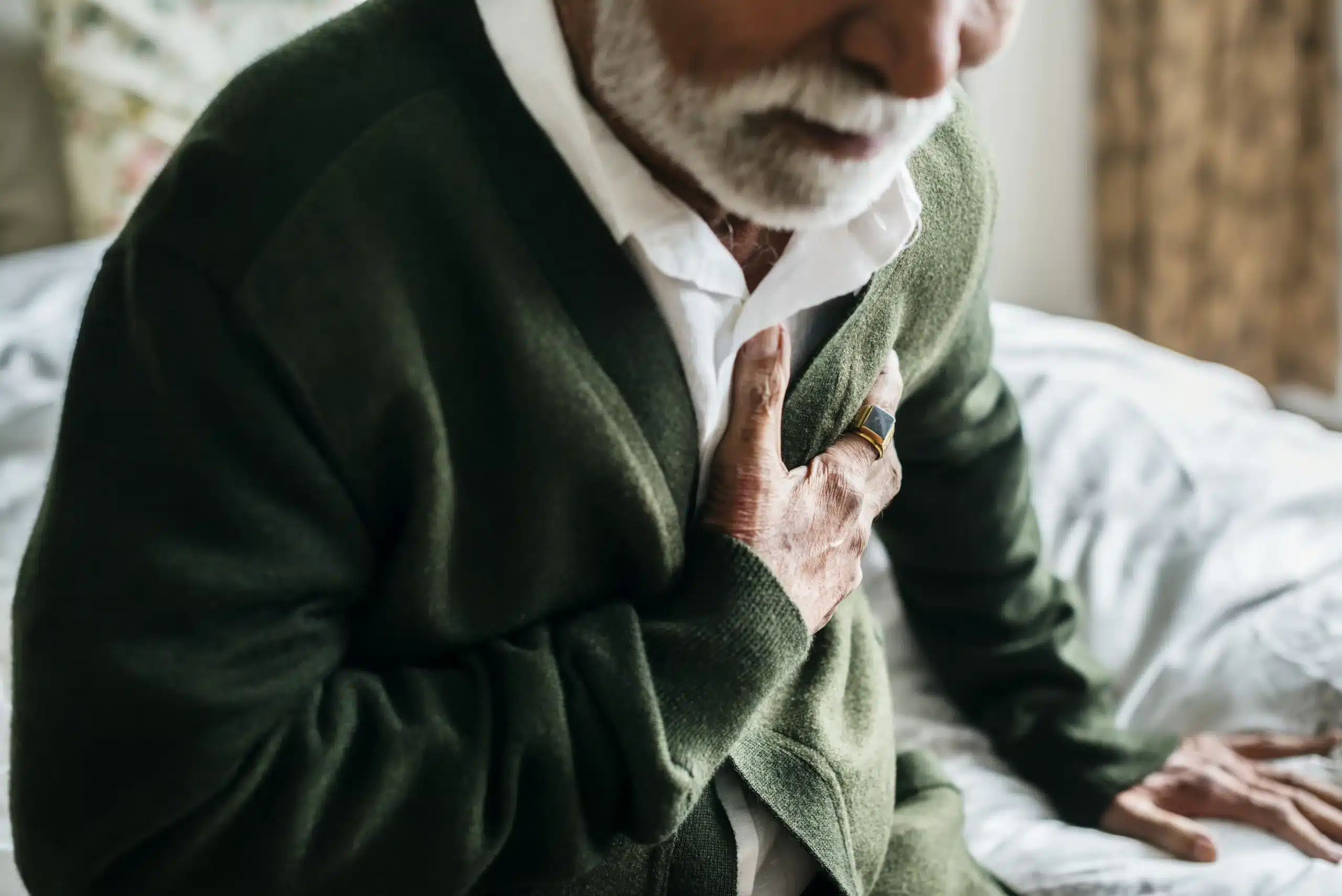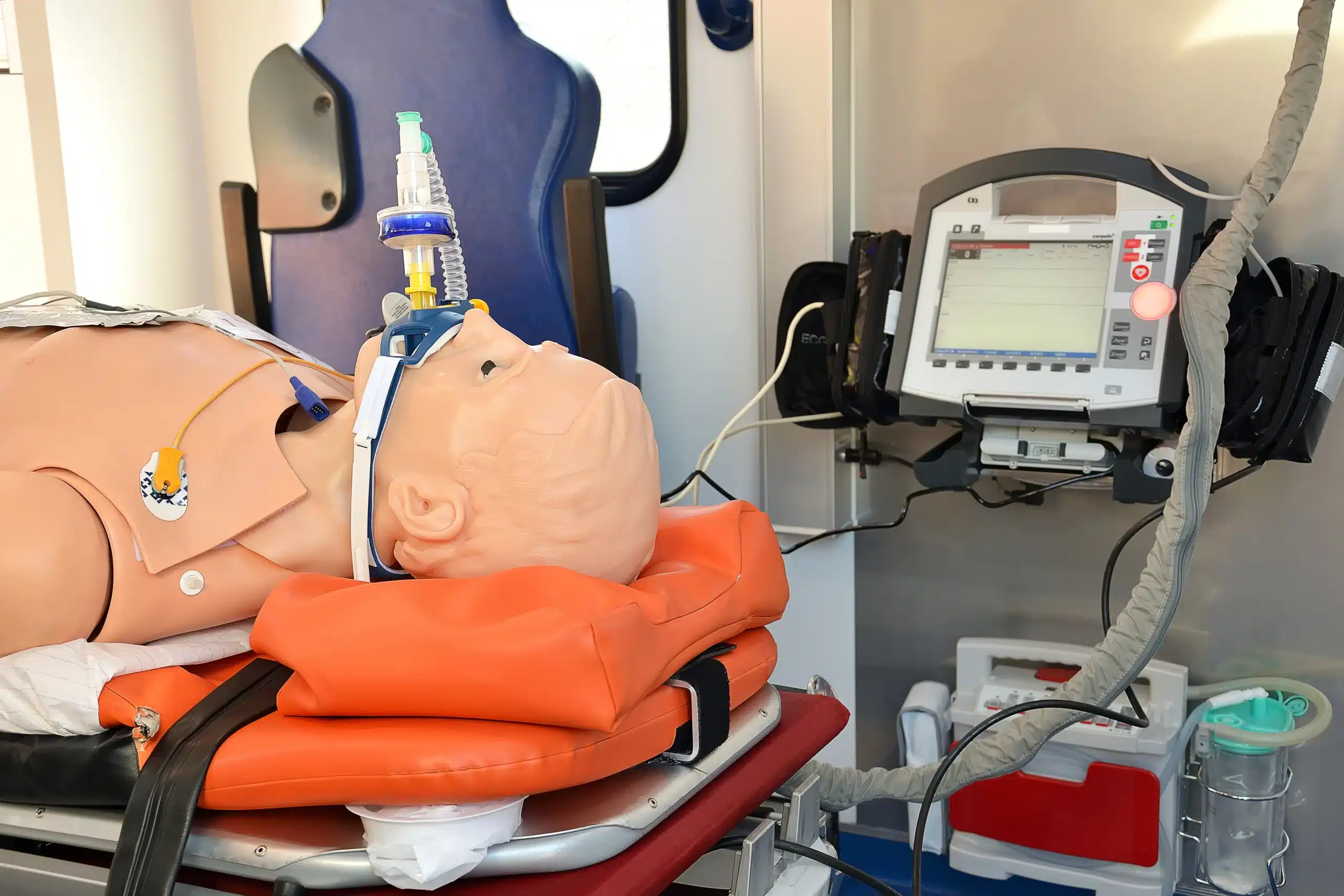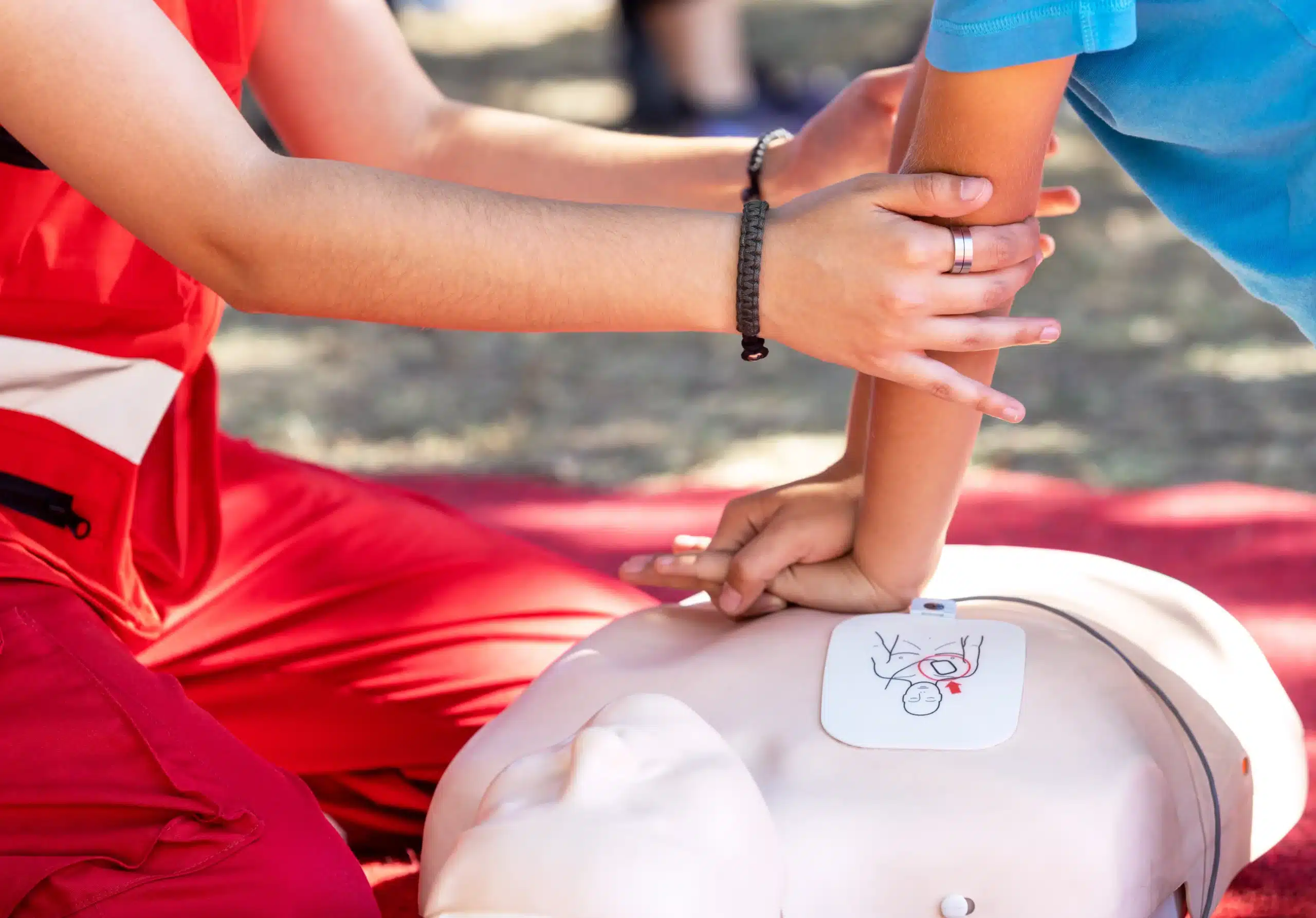BLS training equips you with the skills to respond effectively in medical emergencies, making a real difference in critical situations. This guide demystifies BLS training, covering everything from essential skills and certification requirements to finding “bls training near me” and choosing the right course format. Whether you’re a healthcare professional, a concerned parent, or simply want to be prepared, we’ll help you find the perfect BLS training program to match your needs and goals.
Key Takeaways
- BLS training empowers you to handle emergencies: Learn essential skills like CPR and AED use to confidently respond to medical crises. Explore various course formats to find one that suits your learning style and schedule.
- Select a BLS course that meets your needs: Prioritize accredited programs with qualified instructors, comprehensive content, and positive student feedback. Consider cost, schedule, and location when making your decision.
- BLS certification is a valuable asset: Whether you work in healthcare or simply want to be prepared, BLS training provides indispensable lifesaving skills. Utilize resources like Tracy CPR Classes or the American Red Cross to find a course.
What is BLS Training and Why is it Important?
BLS (Basic Life Support) training gives you the skills to respond to medical emergencies like cardiac arrest, respiratory distress, and choking. It emphasizes early recognition and intervention, including CPR (cardiopulmonary resuscitation) and how to use an AED (automated external defibrillator). These skills can dramatically improve the chances of survival in these critical situations. BLS certification demonstrates a commitment to patient safety and high-quality care, making it a valuable asset for healthcare professionals and anyone who wants to be prepared for an emergency. The American Heart Association emphasizes the importance of BLS training as a cornerstone of emergency preparedness.
Key BLS Skills
A BLS course covers essential skills like high-quality CPR for infants, children, and adults. You’ll learn how to use an AED, perform rescue breathing, and relieve choking. Beyond the technical skills, BLS training also covers critical thinking, problem-solving, and teamwork in emergency situations. This well-rounded approach prepares you to confidently assess and manage emergencies. Tracy CPR Classes offers BLS certification courses covering these key skills.
Who Needs BLS Certification?
BLS certification is essential for healthcare providers like doctors, nurses, paramedics, and EMTs. Many healthcare facilities require BLS certification as a condition of employment. However, BLS training is also incredibly valuable for those outside the medical field. Teachers, coaches, lifeguards, and other professionals who work with the public can benefit from having these lifesaving skills. Anyone interested in learning how to respond to emergencies or who needs recertification can take a BLS class.
Find BLS Training Near You
Finding the right BLS training program often starts locally. Depending on your location and learning style, you’ll likely find several options. Here’s a breakdown of common places to find BLS training:
Tracy CPR Classes
If you’re in or near Tracy, California, Tracy CPR Classes offers a range of American Heart Association (AHA) certified courses, including BLS, CPR, ACLS, PALS, and First Aid. They also offer the RQI program for convenient skills maintenance. This makes them a one-stop shop for various certification needs.
American Red Cross
The American Red Cross is another well-known provider of CPR and BLS training. They offer various learning formats, including in-person classes, online courses, and blended learning (a combination of online and in-person instruction). Find a course near you on the Red Cross website.
American Heart Association
Beyond Tracy CPR Classes, other training centers in Tracy offer AHA-certified courses. Safety Training Seminars, for example, provides AHA-certified training in CPR, BLS, ACLS, and PALS. Searching the AHA website can also help you locate certified training centers in your area.
Local Hospitals and Health Centers
Hospitals and health centers frequently offer BLS training courses to their staff and the community. These courses are often taught by experienced medical professionals. Contact your local hospitals and clinics to inquire about BLS training availability.
Community Colleges
Community colleges often provide affordable BLS training options. These courses are typically open to the public and may offer flexible scheduling. Check with your local community college for course listings and registration information. Many providers offer reduced rates for group classes and combined certifications, such as CPR/First Aid/BLS.
Choose the Right BLS Course Format
Finding the right BLS course format depends on your learning style, schedule, and budget. Let’s break down the most common options so you can make an informed decision.
In-Person Training
In-person BLS training offers a hands-on learning experience with direct interaction with a certified instructor. This format is ideal for those who thrive in a traditional classroom setting and value immediate feedback. You’ll practice skills on mannequins and learn alongside other students, which can build confidence and camaraderie. In-person BLS courses at Tracy CPR Classes provide the hands-on experience crucial for mastering these lifesaving skills. This format ensures you gain the knowledge and muscle memory needed to respond effectively in real-life emergencies.
Online Courses
If your schedule is packed or you prefer learning at your own pace, an online BLS course might be a good fit. These courses typically combine online modules with an in-person skills assessment. The online portion allows you to study the material whenever and wherever it’s convenient, making it a flexible option for busy professionals, parents, or students. Online BLS certification from a recognized provider like Tracy CPR Classes follows the same American Heart Association guidelines as in-person training, ensuring a high-quality education.
Blended Learning
Blended learning combines the best of both worlds, offering a mix of online learning and in-person skills practice. This format provides the flexibility of online modules with the hands-on experience of a traditional classroom. You can work through the online material at your own speed and then attend an in-person session to practice your skills and receive feedback from an instructor. Blended learning offers the same rigorous standards as traditional classroom courses, ensuring you receive comprehensive training. Consider online BLS certification with a blended learning approach to balance convenience with practical application.
Course Length and Scheduling
BLS courses typically range from 2.5 to 4.5 hours, depending on the format and provider. Check with your chosen provider for specific course durations. Many organizations, including the American Red Cross, offer a “Challenge” option, which allows individuals to study independently and then take a written exam and skills assessment. This accelerated option is ideal for those already familiar with BLS and who need to renew their certification. When choosing a course, consider your available time and preferred learning style to find the best fit.
BLS Training: Costs and Requirements
So you’re ready to get your BLS certification—now what? One of the first things you’ll probably want to know is how much a course costs and what’s required to enroll. Let’s break it down.
Typical BLS Course Costs
BLS course costs vary depending on several factors. The type of course you take (CPR/AED, BLS, ACLS, PALS) will influence the price, as will the training format. Whether you choose in-person, online, or blended learning will affect the overall cost. Expect to find a range of prices, so it’s always a good idea to check with a few different providers like Safety Training Seminars to compare. This will help you find a course that fits your budget.
Group Discounts and Packages
If you’re training a group of people, such as your workplace staff, be sure to ask training centers about group discounts. Many providers offer reduced rates for group classes, which can significantly lower the cost per person. You might also find savings through combined certification packages, such as CPR/First Aid/BLS. Check with providers like Safety Training Seminars to see what package deals are available in your area.
Prerequisites and Enrollment
Generally, there aren’t any strict prerequisites for BLS certification. The enrollment process is usually straightforward, whether you’re getting certified for the first time or renewing your certification. Providers like Safety Training Seminars offer courses designed to meet the requirements for both new certifications and renewals. Contact a provider near you to learn about their specific enrollment steps. They can guide you through the process and answer any questions you may have.
Recertification
Your BLS certification is typically valid for two years. To maintain your credentials, you’ll need to complete a recertification course before it expires. Tracy CPR Classes offers American Heart Association-certified courses for various certifications, including BLS recertification, making it easy to stay current. Check with your certifying organization for specific recertification requirements to ensure a smooth renewal process.
Evaluate BLS Training Quality and Choose a Provider
So you’ve decided to get your BLS certification—great! Now, it’s time to find a training provider that meets your needs and prepares you for real-life scenarios. Here’s what to look for:
Accreditation and Certification
First things first, confirm the program’s accreditation. Accreditation by a recognized organization like the American Heart Association (AHA) ensures the course meets high standards and aligns with current guidelines. A valid certification is essential, so double-check that the provider offers officially certified courses. For example, Tracy CPR Classes offers a range of AHA-certified courses, ensuring your certification will be widely recognized.
Instructor Qualifications
Experienced, knowledgeable instructors make all the difference. Look for a training center with certified instructors who can effectively teach the material and answer your questions. A qualified instructor can guide you through the skills and boost your confidence in using them. Tracy CPR Classes emphasizes high-quality instruction as a core component of their training programs.
Course Content and Materials
A comprehensive BLS course should cover essential skills like CPR, using an AED, and relieving choking. Many training centers offer combined CPR and First Aid courses, which can be a convenient way to learn both skill sets. Hands-on practice is crucial, so make sure the course includes opportunities to apply what you learn in realistic simulations. Tracy CPR Classes offers a variety of courses, including combined CPR and First Aid training, to meet diverse learning needs.
Reviews and Testimonials
Reading reviews and testimonials from past students can give you valuable insights. Check for feedback on the clarity of instruction, the instructors’ helpfulness, and the overall learning experience. Positive reviews can give you confidence in your choice of provider. You can often find reviews and testimonials directly on the provider’s website or on independent review platforms.
Choosing a Provider: What to Consider
Take some time to compare different providers in your area. Consider factors like course schedules, teaching formats (in-person, online, or blended), and cost. Local providers like Tracy CPR Classes, Safety Training Seminars, or Bay Area CPR offer various options. Choosing the right provider ensures a positive and effective learning experience. Don’t hesitate to contact providers directly to discuss your specific needs and ask any questions you may have. For those in Northern California, Tracy CPR Classes offers a comprehensive directory of CPR training providers to help you find the perfect fit.
Related Articles
- Get BLS Certified in Stockton: Top Training – Tracy CPR Classes
- BLS Certification in Tracy: Your Comprehensive Guide – Tracy CPR Classes
- BLS Classes in Lodi: Your Complete Guide – Tracy CPR Classes
- BLS HeartCode in Tracy: Blended Learning CPR – Tracy CPR Classes
- BLS for Healthcare Providers in Tracy: Your Guide – Tracy CPR Classes
Frequently Asked Questions
What’s the difference between CPR and BLS? CPR is a specific lifesaving technique used when someone’s breathing or heartbeat has stopped. BLS encompasses CPR but also includes other skills like using an AED, relieving choking, and understanding the chain of survival. Think of CPR as one piece of the larger BLS puzzle.
How long does BLS certification last, and how do I renew it? BLS certification is typically valid for two years. To renew, you’ll need to take a recertification course before your current certification expires. Recertification courses cover the same core material as initial certification but are often shorter.
Is online BLS training as good as in-person training? Both online and in-person BLS training can be effective, but they cater to different learning styles. Online training offers flexibility, while in-person classes provide more hands-on practice and direct interaction with an instructor. Many online courses now incorporate a blended learning approach, combining online modules with an in-person skills assessment to ensure competency.
What if I’m already certified in CPR – do I still need BLS? While CPR certification is a valuable skill, BLS certification builds upon that foundation. BLS training covers a broader range of skills and knowledge, including the use of an AED, team dynamics during emergencies, and a deeper understanding of cardiovascular emergencies. If you work in healthcare or a related field, BLS certification is often a requirement.
How do I choose the right BLS training provider? Look for providers accredited by a recognized organization like the American Heart Association. Check instructor qualifications, course content, and reviews from past students. Consider factors like course format (online, in-person, or blended), schedule, and cost to find the best fit for your needs. Don’t hesitate to contact different providers and ask questions to ensure they meet your expectations.
